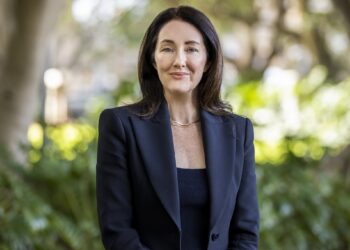The Australian Securities and Investments Commission (ASIC) appears to have validated the common industry belief that you need to have a balance in excess of $200,000 in a self-managed superannuation fund (SMSF) if you want to generate a positive return.
The ASIC validation has been revealed in an answer to a question on notice from the House of Representatives Standing Committee on economics in which Labor front-bencher, Andrew Leigh asked whether, on average, SMSFs with balances below $200,000 actually produced negative returns.
ASIC confirmed Leigh’s question noting that for the period 2016-17 and for the preceding two financial years, SMSFs with a balance of less than $200,000 had a negative return on assets when compared to SMSFs with a balance of more than $200,000.
“In 2016-17, the ROA [return on assets] for SMSFs with a balance of more than $100,000, but less than $200,000 was -0.48%, whereas the ROA for SMSFs with a balance of more than $200,000, but less than $500,000 was 4.65%,” the ASIC answer said.
[[{“fid”:”5932″,”view_mode”:”default”,”fields”:{“format”:”default”,”field_file_image_alt_text[und][0][value]”:false,”field_file_image_title_text[und][0][value]”:false},”type”:”media”,”field_deltas”:{“1”:{“format”:”default”,”field_file_image_alt_text[und][0][value]”:false,”field_file_image_title_text[und][0][value]”:false}},”attributes”:{“class”:”media-element file-default”,”data-delta”:”1″}}]]




